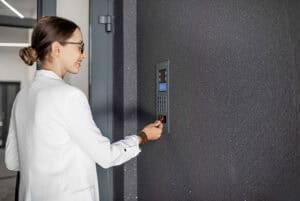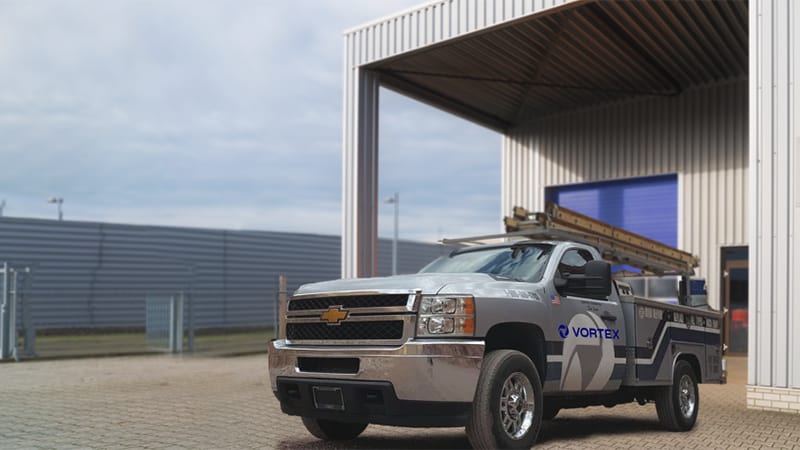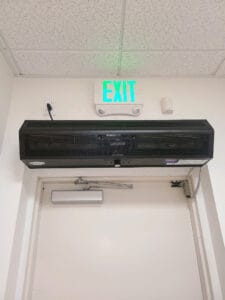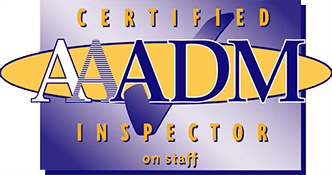Types of Access Control Systems

Modern security doesn’t only stop intruders; it also lets you determine who enters your building and when. Today’s access control systems go beyond a simple lock and key. Advanced data networks allow you to alter permissions, monitor entry, and adjust access levels in order to reduce theft, protect employees, and secure restricted areas. In this blog, we’ll examine the different types of access control systems and how they enhance your safety and peace of mind.
Main Types of Access Control
Current access control systems operate on the principles of identity and authentication. In order to enter a secure space, users present their credentials, which are then checked against an authorized database. If approved, the lock opens electronically, granting access. Users verify their identity through one of the following methods:
- Keycards and Fobs. Short-range wireless technology embedded in the card or fob activates the lock when swiped or tapped.
- Biometric Scanners. Capture one of the user’s unique physical characteristics, such as their fingerprints, facial features, or voice patterns, which is used to identify them.
- PIN Codes. Users tap a short alpha-numeric sequence into a keypad. The master code is either stored in the device or sent to a central database for validation.
- Mobile Access. Instead of a keycard, users store their credentials on their smartphone, which transmits data to the lock over Bluetooth or the local Wi-Fi network.
These tools let owners and administrators customize access rights, enabling them to tailor user permissions based on time, role, and security policies. There are four main access control models that you can implement in order to address the security needs of your organization.
Discretionary Access Control
Discretionary Access Control (DAC) systems are the least restrictive way to supervise entry. They’re used to determine who can enter your facility and under what conditions. You can grant entry to specific floors or restrict entry at certain times of day by compiling an access control list. By adjusting the list, you can add new employees, extend permissions, or withdraw access, depending on circumstances.
DAC systems are flexible, but require active supervision. As a result, they’re normally utilized by small organizations, such as schools, startups, and apartment complexes – places with simple security protocols that value ease of use.
Mandatory Access Control
Mandatory Access Control (MAC) systems are governed according to the policies of a central authority. Designed to protect sensitive information in high-security environments such as research labs, data centers, or government installations, they provide access based purely on roles, clearance levels, or security classifications.
Policies are tightly enforced across the entire facility and cannot be overridden without express administrative approval. This rigid approach minimizes security risks, ensuring that user access is given only to authorized individuals, thereby removing insider threats.
Role-Based Access Control
A Role-Based Control (RBAC) system assigns access to employees based on their role within your organization. Staff can be given access to designated work areas, while only managers or specialized personnel, such as IT or security, are allowed to enter sensitive locations.
Installing an RBAC system creates a clear, structured, and scalable hierarchy with different levels of access for every employee. When an individual is promoted, their access is updated automatically, lowering administrative overhead while reducing the burden on managers and security staff.
Rule-Based Access Control
In a Rule-Based Control (RBC) system, access permissions are governed by a set of regulations put in place by the leaders of your organization. They allow you to control access dynamically, granting or denying entry based on certain conditions, such as:
- Job Title
- Time of Day
- Day of the Week
- Security Clearance
- Fires or Other Emergencies
Electronic devices such as keypads, keycards, and biometrics allow you to enforce rules without relying on the discretion of team leads or department heads, thereby reducing the risk of human error and unauthorized access.
Vortex Access Control Systems & Repairs
Vortex Doors provides comprehensive support to all types of access control systems. We not only manage first-time installations; we also repair, upgrade and troubleshoot vulnerable hardware. Regular maintenance ensures systems installed at gates, garages, and entry points continue functioning, even when exposed to the elements.
Besides diagnosing problems, we also upgrade existing systems in order to reduce headaches and safety risks associated with outdated, discontinued, or out-of-business providers. Contact us today for information about our turnkey security solutions.










